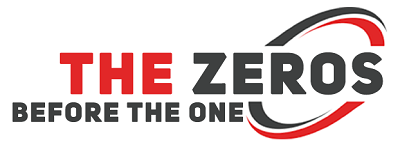Over several years, companies go through various phases while preparing a car design. From deciding whether to use alumina ceramic substrates in the engine to producing the vehicle, designers need to be at the top of their game to prepare a great car. Many designs undergo a lot of changes during the initial stages, which makes the process take so long. No matter how long it takes, there is a set of steps that all designers tend to follow to prepare their ideas.
Drawing and Rendering
This step usually begins with a sketch made by a single designer. That sketch can come from a variety of places. Sometimes it comes from the personal ideas of a designer, a need for certain features, or a freelance artist who submits their sketch. Every year each auto manufacturer sees thousands of designs and has to choose one or two that stand out.
Packaging
The initial design then sees many changes due to engineering considerations. This is where the most changes to the design take place. Here designers have to think about if there will be enough room for the shock absorbers that use materials derived from bauxite. For the artist who created the design, this is where art meets reality. At this point, the car is still only seen on paper and will stay there until all engineering requirements are met.
Computer and Clay Modeling
At this point, the drawings are brought to life and made three dimensional. This process begins with computer renderings to visualize the three-dimensional car and its measurements. Then, clay models are made. In some cases, companies will use 3-D printers to produce a physical model. Generally, during this phase, there is still more than one version being considered. Therefore, each version of the design will receive a small model. A full-size model will not be done until the design is finalized.
Full Modeling
This full-size model can be made of various materials. Clay is generally used, although other materials that are lighter to transport have become popular. This model will look like the car and can be used for promotional materials.
While this is only the start of the design process, it gives an idea of how the dreaminess of the sketch is forced to meet reality. Although the car that hits the showroom may not look like the original design, the finished product can become a hit that lasts for decades.













